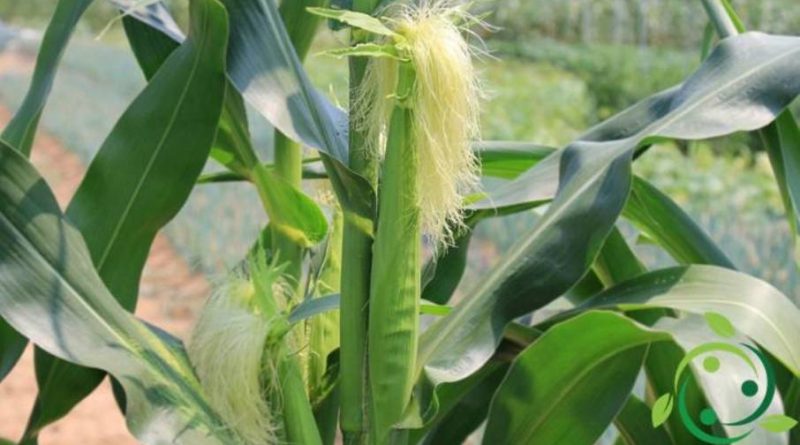How to grow corn in a biological way
How to grow corn in a biological way
In order to grow corn (Zea mays L., 1753) it is necessary to be in an area with a mild or warm climate. As for the type of soil, maize, or maize, is one of the plants that adapts to the largest number of soils as long as they are not asphyxiated.
Corn sowing should be carried out at the end of spring, when temperatures never drop below 12 – 15 ° C, because corn seeds do not sprout under these temperatures. The minimum temperatures for the other phenological phases are 18 ° C for flowering and 22-25 ° C for the formation of panicles. As far as water needs are concerned, maize is one of those plants that takes better advantage of irrigation, so that in the absence of sufficient availability, its cultivation is not recommended.
As for the sowing method this should be done in the open field with a burial of seeds around 2 cm. If you have to cultivate for production, the recommended distances are 30-40 cm between the plants and 80-100 cm between the rows. Since the corn plant is among those most subject to varietal improvements (and unfortunately genetic changes) the production cycle can range between 90 and 145 days. As for the supply of nutrients, maize is among those plants that most benefits from the addition of mature manure, to be done in late winter, and in succession to legumes. In cultivations of a family type, it is interesting to combine it with grain legumes (bean, peanut, cowpea, soya) or ortensi (pumpkins). To increase yields, if the plant produces secondary jets (those that start at the base of the stem), it will be necessary to eliminate them.
As far as the cultivation technique is concerned, it is grassing with leguminous plants or vegetable mulch that allow a control of the weeds and a decrease in irrigation.
The optimal time for harvesting or combine harvesting of corn is when the grain has a water content of 24-26%, this, indicatively, occurs when the corn grains are now firm at the pressure of the fingers.
Among the parasites we remember above all: the agrotidae (Gen. Scotia), the elateridae (Gen Agriotes), the radical aphids, the grazing moths (Gryllotalpa gryllotalpa), the larvae of the beetles (Melolontha melolontha), the piralide (Pyrausta or Ostrinia nubilalis) and sesamia (Sesamia cretica). In general, the non-use of nitrates, mulches (also useful against coals and rottenness) and treatment with nettle macerates and with neem oil in the post-emergence and pre-flowering phase can give interesting resistance and removal of these parasites. Even the associations, especially in family farming, can give excellent results.
The most cultivated varieties of corn belong to the genera: sweetcorn, dentcorn and popcorn.

